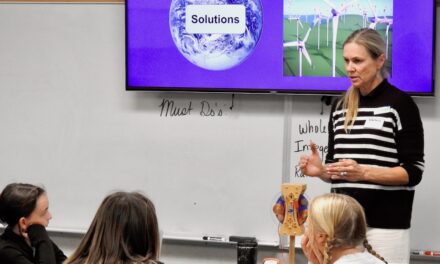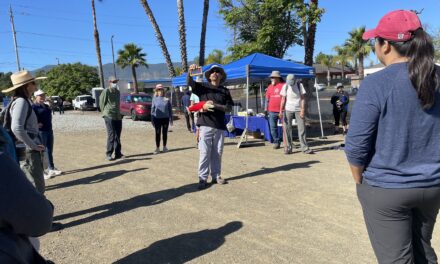When Government Action or Inaction Makes a Difference
California is often seen as a climate leader, but there is plenty of room for growth. City, county, and state leaders need to take decisive action to prepare the Golden State for extreme weather, rising seas, and health impacts. This year we shared bright spots, like funding for nature-based shoreline adaptation and school health. We also shone a light on projects that remain tangled in red tape. Here are five of our favorite stories from 2023 on climate adaptation progress and setbacks at all levels of government.
1. Uphill Battle to Go Eco-Electric on a Fruitvale Block
Three dozen homes in Oakland’s Fruitvale neighborhood are banding together to give their block a renewable-energy makeover in partnership with a UC Berkeley research collaboration called EcoBlock. Over the last seven years, the EcoBlock has faced skyrocketing costs, red tape, and compromises with Pacific Gas and Electric, and hurdles remain. If implemented, the project would stand as a testament to the air quality, water usage, and energy efficiency benefits of a “microgrid” approach to clean power. Art: Sachi Mulkey

2. Safer at School from Wildfire Smoke
“After homes, schools are the second place where kids spend the most time,” says Stanford doctor Lisa Patel. “We shouldn’t be willfully sending our children into unsafe spaces.” Air quality hurts health and learning, but in the wake of wildfires and a pandemic, many schools realized that their ventilation was dangerously out of date. In response, the Bay Area Air Quality Management District recently finished retrofitting 16 vulnerable elementary and middle schools with high-performance air filtration systems. Photo: Maurice Ramirez
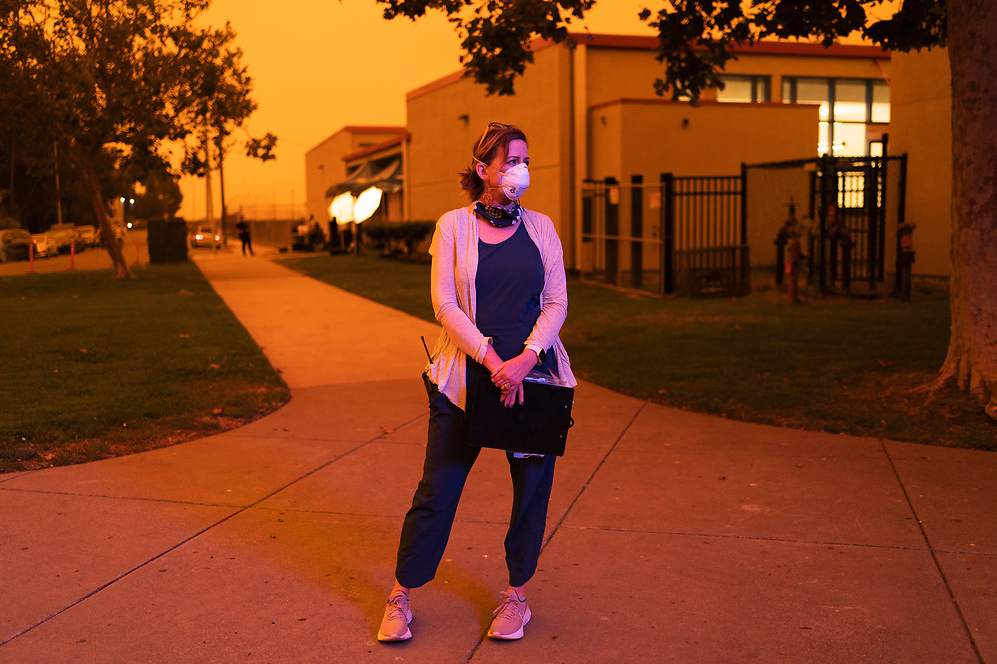
3. How Far Can Metro Harbors Go on Nature-Based Shore Protection?
Typical flood protections rely on engineered structures like seawalls and levees. But there’s a new push at the national level for the US Army Corps of Engineers to prioritize working with nature. Implementation of those nature-based solutions is uneven locally, so the Corps chose seven districts, including San Francisco, as Engineering with Nature test sites. Those projects are helping engineers think differently. “There’s always something you can do,” says project lead Julie Beagle. “It’s not an either-or.” Photo: ESA
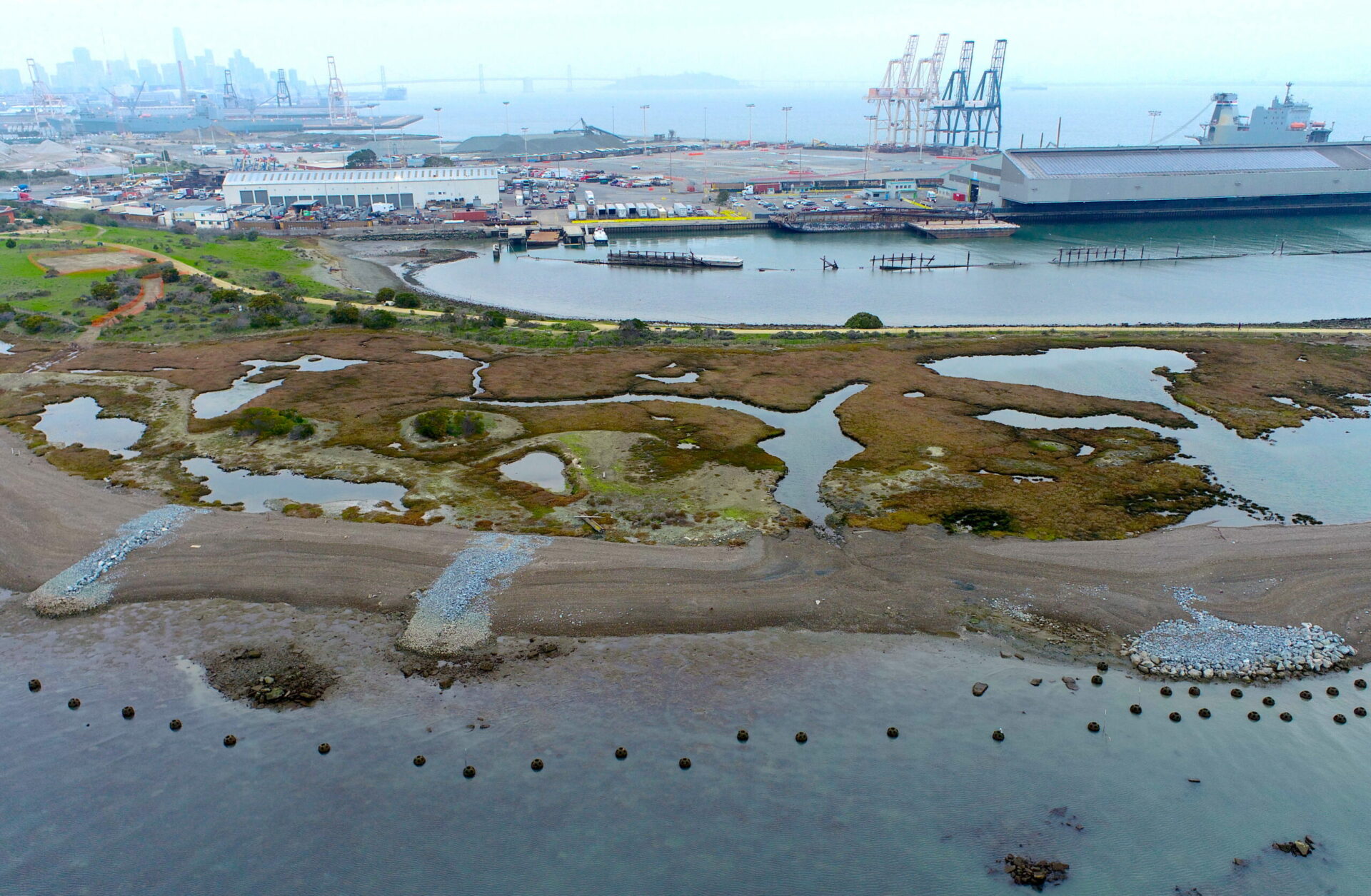
4. Protecting Shorelines Will Take Billions: Plans Are Underway
An inventory and map released by regional agencies offers a baywide look at shoreline protection costs, which could add up to an eye-popping $110 billion. KneeDeep drilled down into county-level projects and where counties hope to get funds. While many counties are making big strides, particularly with nature-based adaptation plans for marshlands and shifting shores, many stretches of shoreline have no plans in place and no funding identified. Photo: Diana Fu
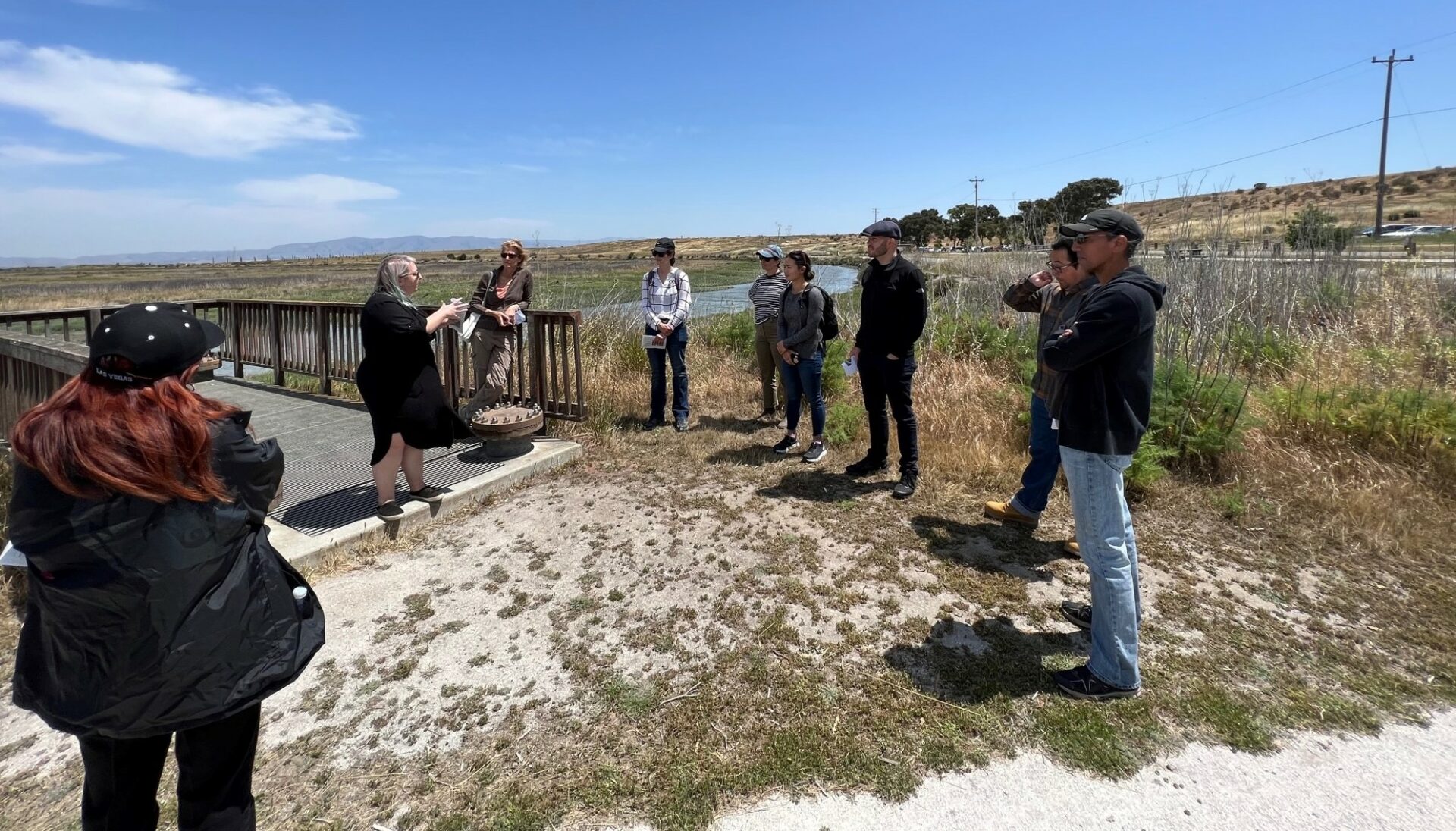
5. Unpacking the Hold Up on Heat Protection for Indoor Workers
In the San Diego County Jack-in-the-Box where Mauricio Juarez works, the kitchen reached 102 degrees Fahrenheit—but it took a workers’ strike to get an air-conditioner. Juarez pleaded with the Standards Board of the California Division of Occupational Safety and Health to implement rules proposed almost five years ago to protect indoor workers from potentially lethal heat. A vote on those rules won’t happen until 2024. Meanwhile, heat remains a risk not just for outdoor workers, but for indoor workers as well. Art: Alyson Wong


We can’t do this without you.
Support KneeDeep’s commitment to local journalism and climate action work.






